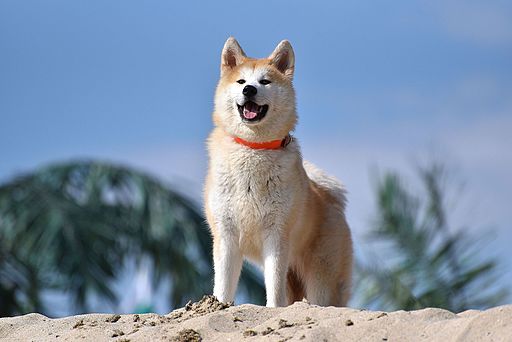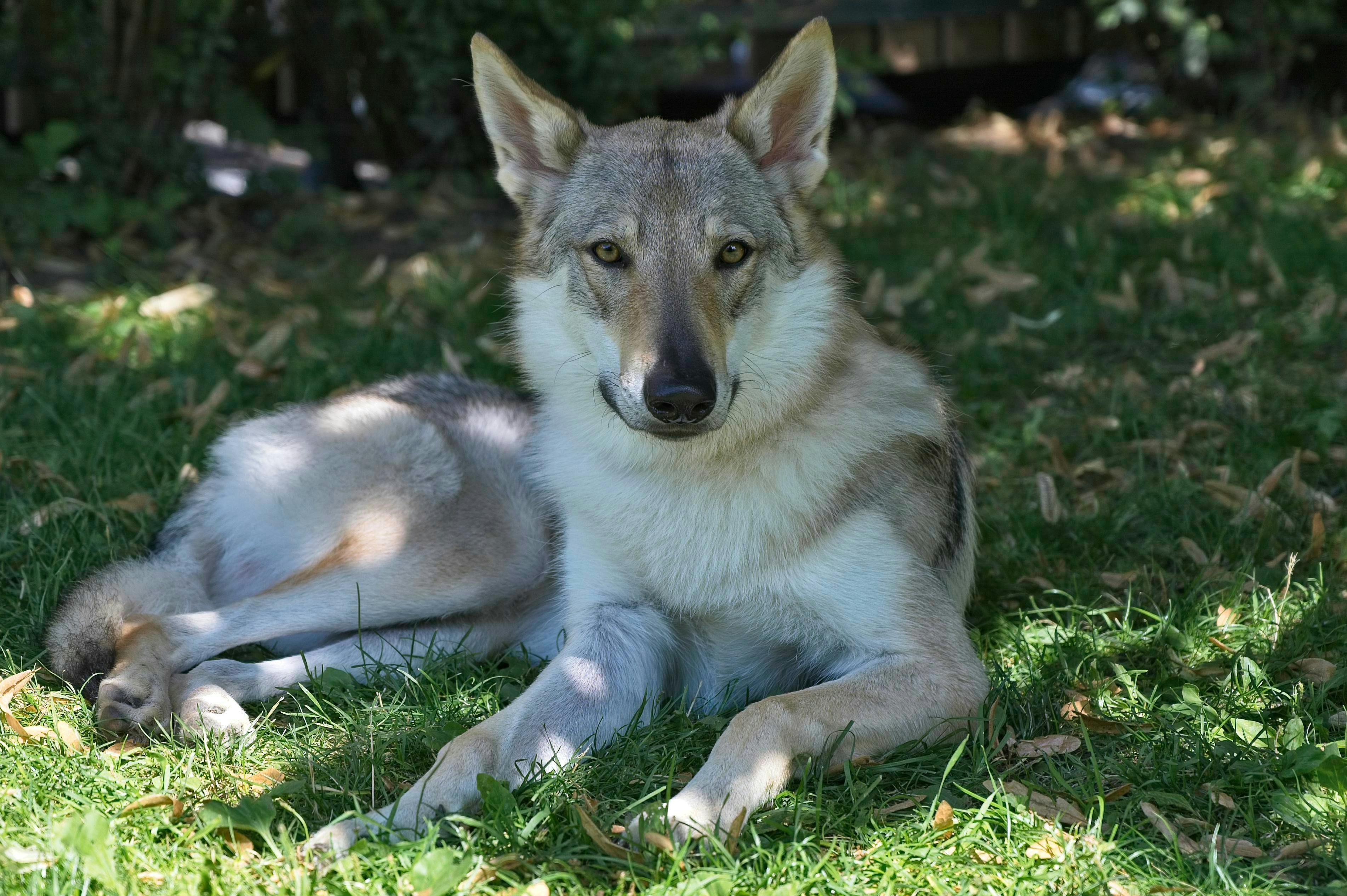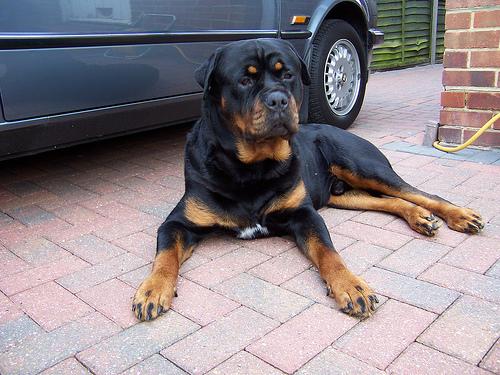About Husky
The Siberian Husky, a breed renowned for its striking appearance and boundless energy, is a popular choice for active individuals and families. Bred for endurance and resilience in the harsh Arctic climate, Huskies possess a unique blend of independence and affection that makes them both challenging and rewarding companions. This comprehensive guide will delve into the breed's history, characteristics, and care requirements to help you determine if a Husky is the right fit for your lifestyle.
History and Origin
The story of the Siberian Husky begins with the Chukchi people of northeastern Siberia. These nomadic people relied on these dogs for transportation, pulling sleds across vast distances in frigid conditions. The Chukchi carefully bred the Huskies for their incredible endurance, thick double coat, and gentle temperament, ensuring they could work cooperatively and live harmoniously within the family. The breed's introduction to North America came during the early 20th century during the Alaskan Gold Rush, where they quickly gained fame for their exceptional sled-pulling abilities. Their heroic role in the 1925 serum run to Nome cemented their place in history and solidified their reputation as courageous and capable working dogs.
Physical Characteristics
Siberian Huskies are classified as a large breed with a typical lifespan of 9-14 years. They are known for their well-proportioned build, athletic physique, and distinctive facial markings. Their smooth, short double coat is designed to withstand extreme temperatures, providing insulation in the winter and shedding to keep them cool in the summer. While their coat length is generally short, they have a dense undercoat. Huskies possess striking almond-shaped eyes that can be brown, blue, or even one of each color (heterochromia). They typically weigh between 35 and 60 pounds and stand 20-23.5 inches tall at the shoulder.
Temperament and Personality
Huskies are known for their independent and intelligent nature. They are generally good with other dogs, scoring a 4/5 in sociability, particularly when socialized from a young age. They also rate 3/5 when considering if they are good with children, but early socialization and supervision are crucial for positive interactions. While affectionate with their families, they are not overly clingy and often retain a sense of self-sufficiency. Their high energy level (4/5) means they require plenty of exercise and mental stimulation to prevent boredom and destructive behaviors. Huskies are not known for being excessive droolers (5/5 on drooling) and are generally clean dogs.
Training and Exercise Needs
Training a Husky can be challenging due to their independent nature and strong will. They are not known for their eagerness to please, earning a 2/5 rating for trainability. Consistency, patience, and positive reinforcement techniques are essential. Early socialization is crucial to ensure they develop into well-adjusted adults. Huskies require a significant amount of exercise to stay happy and healthy. Daily runs, hikes, or vigorous play sessions are necessary to burn off their energy. Without adequate exercise, they can become bored and destructive. Due to their strong prey drive, they should always be kept on a leash or in a securely fenced area when outdoors.
Health and Care
While generally healthy, Huskies are prone to certain genetic conditions, including hip dysplasia, progressive retinal atrophy (PRA), and corneal dystrophy. Regular veterinary checkups and responsible breeding practices can help minimize the risk of these issues. Their thick double coat requires regular grooming, especially during shedding season (3/5 on shedding). Daily brushing is recommended to prevent matting and reduce shedding. Grooming needs are high (5/5). Huskies are relatively low-maintenance in terms of diet, but they require a high-quality food that meets their nutritional needs.
Is This Breed Right for You?
Owning a Siberian Husky is a significant commitment that requires careful consideration. They are not the ideal breed for first-time dog owners or those with sedentary lifestyles. Huskies thrive in active households where they receive plenty of exercise, mental stimulation, and consistent training. If you are prepared to meet their unique needs and embrace their independent spirit, a Husky can be a loyal and rewarding companion. However, if you are looking for an obedient, low-energy dog, another breed may be a better fit.
Temperament
Basic Information
- Size Large
- Life Span 9-14 years
- Coat Type Smooth
- Coat Length Short
Characteristics
Energy Level
4/5
Trainability
2/5
Good with Children
3/5
Good with Other Dogs
4/5
Shedding
3/5
Grooming Needs
5/5
Drooling
5/5
Comments
No comments yet. Be the first to comment!
Upload a Photo
You must be logged in to upload photos.
Compare Breeds
Compare this breed with another to find the perfect match for you.



